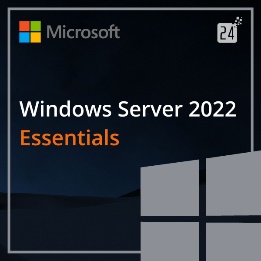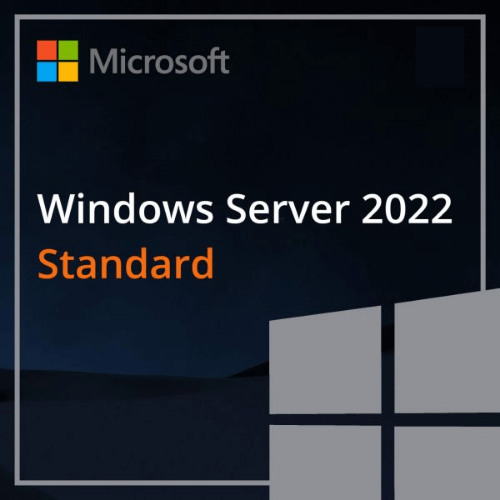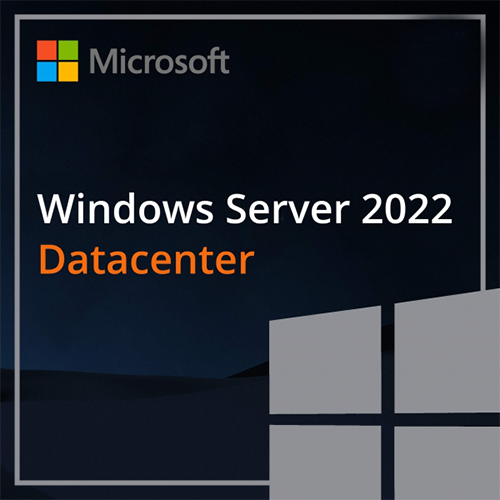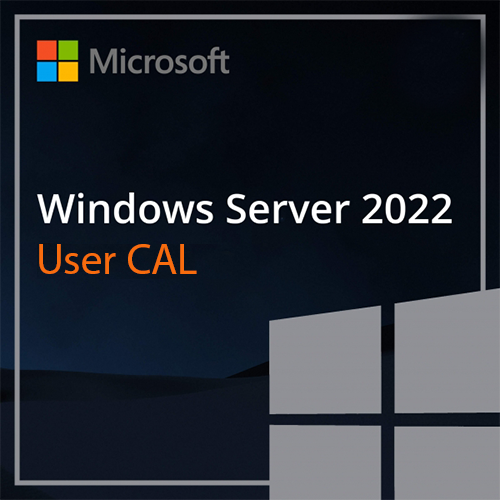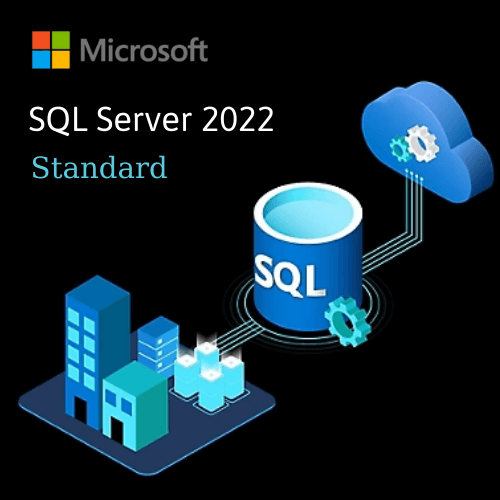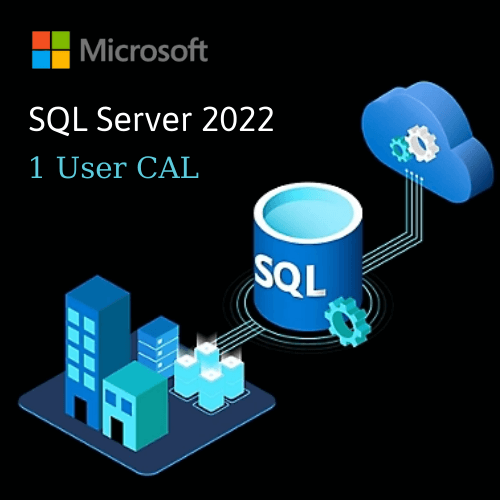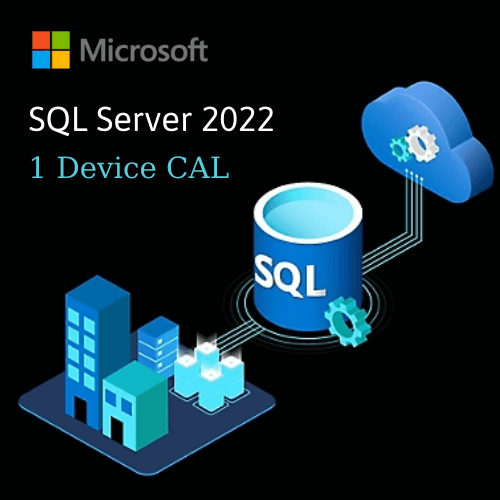
The Digital Twin Study
Pursue Standardization Duality
It is easy to see why that sort of standardization can lead to greater value. When engineering data is consistently formatted, it can be used by a variety of stakeholders. This eliminates a major productivity barrier. In addition, when companies can standardize on a system that houses and manages all definitions in one place, it is very clear where everyone needs to go to access the information they need to do their jobs. That also increases efficiency.
That said, however, no one works in a vacuum. It is common for organizations to need input from suppliers, partners, contractors, customers, and other key participants throughout the development process. It’s virtually guaranteed that these external participants will be using different tools than the organization. Findings from a variety of other Lifecycle Insights’ studies have shown that the information technology (IT) environment within a single supply chain is likely to be highly fractured. That is unlikely to change any time soon.
Given that fractured environment, companies do benefit from standardization in tools to create and manage digital definitions—but only if they use tools that are open so the people outside the four walls of the organization can also leverage them. It’s important to pursue an IT strategy that supports all of these objectives.

Lean into Simulation Across the Board
Certainly, most associate those benefits with engineering analysis in mechanical design. No doubt there is strong value there—using simulation early in the design process helps direct good design decisions. You can also use analyses later in the lifecycle to verify performance and determine whether all requirements are satisfied. Most companies are already realizing that kind of value today.
Over the past decade, however, the most progressive organizations have learned that simulation has value far beyond mechanical design. It can be used in the development of electronics, checking signal and power integrity, design rule checking, and much more. It can be used in the development of electrical systems, helping designers look at network bandwidth, power distribution, and electromagnetic interference. It can also be used in the development of onboard software. Engineers can use different X-in-the-loop methods to verify the logic of their codes and their interactions with actuated hardware and sensors.
Engineers are also leveraging simulation beyond design—and using it to optimize the manufacturing process. Some are using it to validate that there will be no machine clashes with numerical control (NC) code. Others are simulating operations in workcells and production lines to promote better production efficiency and worker safety. Yet more are using simulation to better understand the flow of goods throughout their manufacturing facility. There are many other use cases, as well. The results from the 2022 Digital Twin Study demonstrate that there is no single right place to start leveraging simulation and analysis. The most progressive organizations identify the most acute issues that plague design or manufacturing planning, and then investigate whether or not simulation can be applied to make improvements in those spaces. It’s really as simple as that.
Start Your Digital Transformation Journey at Your Pace
Of course, beginning a DX effort is no easy task. The pursuit of any technology-led initiative has its risks. Such efforts can offer more disruption than improvement when organizations don’t do proper due diligence or when they handle the initiative in a rush. Most departments already work under aggressive goals and objectives, so the margin of error for deployment is small.
That caution isn’t meant to delay you from starting a deployment. Rather, to find success, start by taking a long, hard look at your organization’s ability to manage cultural change before committing to any one DX initiative. Lifecycle Insights’ research studies consistently show that one of the greatest challenges to realizing value from new initiatives lies not in technology or process change but in how change is managed within the organization. The biggest barrier to entry is often a people problem, not an IT one.
It’s time to get started on your journey. But the first step should be understanding how your company adapts and internalizes change. Then and only then can you find a DX initiative that is commensurate with those abilities.
Customize Your Approach
For more information, please contact:
Vietbay CAD/CAM/CAE/PLM Team
Phone/Zalo/Whatsapp: 091 929 5520
Email: [email protected]
Website: www.vietbay.com.vn * www.cadcamcae.vn * www.vietbay.edu.vn

